Tree aloe--need plant ID
jackie75060
12 years ago
Related Stories
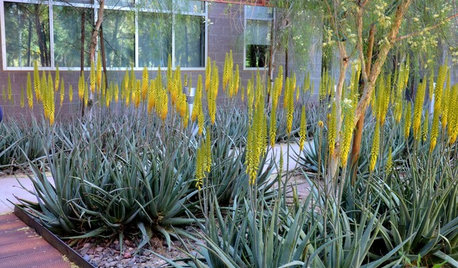
GARDENING GUIDESGreat Design Plant: Aloe Vera
Bright yellow flowering spikes decorate this popular aloe from late winter into spring, much to the delight of hummingbirds
Full Story
GARDENING AND LANDSCAPINGGreat Design Plant: Tree Aloe
Plant this Dr. Seuss-like evergreen for an added character in your garden
Full Story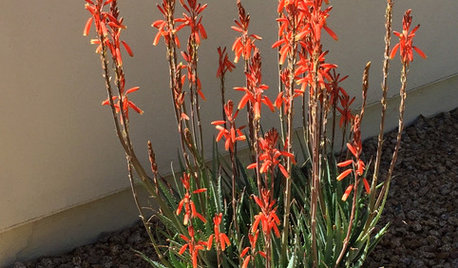
GARDENING GUIDESGreat Design Plant: Aloe ‘Blue Elf’
This compact, sun-loving aloe hybrid thrives where many aloes don’t
Full Story
GARDENING GUIDESGreat Design Plant: Fan Aloe
Fanning leaves offer a striking rosette alternative, but this plant has all the benefits of regular succulents and more
Full Story
GARDENING GUIDESPlant Black Cherry Trees for the Birds and Bees
Plant Prunus serotina in the Central and Eastern U.S. for spring flowers, interesting bark and beautiful fall color
Full Story
ARBOR DAY8 Reasons to Plant a Great Tree
Beauty is its own reward, but the benefits of planting the right tree in the right place go way beyond looks
Full Story
GARDENING GUIDESWhen and How to Plant a Tree, and Why You Should
Trees add beauty while benefiting the environment. Learn the right way to plant one
Full Story
GARDENING GUIDESGrow Your Own Privacy: How to Screen With Plants and Trees
Use living walls to lower your home and garden's exposure while boosting natural beauty in your landscape
Full Story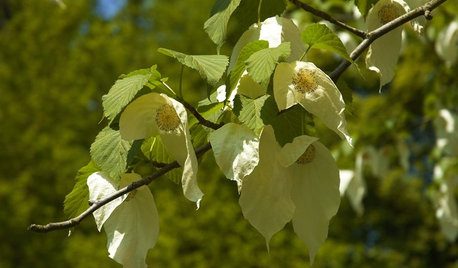
GARDENING GUIDESGreat Design Tree: The Dove Tree
With distinctive fluttery flowers and a height that towers over the landscape, the dove tree provides a respite from the summer sun
Full Story
GARDENING GUIDESGreat Design Tree: Australian Tea Tree
A living sculpture with an unmistakable appearance, this coastal native creates an intriguing landscape scene
Full Story

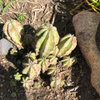

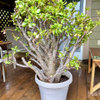
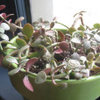
bahia
jackie75060Original Author
Related Professionals
Clark Landscape Architects & Landscape Designers · Manhattan Beach Landscape Architects & Landscape Designers · Montgomeryville Landscape Architects & Landscape Designers · Allentown Landscape Contractors · Hampton Bays Landscape Contractors · Mequon Landscape Contractors · Milton Landscape Contractors · New Cassel Landscape Contractors · Salem Landscape Contractors · Sun Valley Landscape Contractors · La Marque General Contractors · San Carlos Park General Contractors · Cedar Park Carpenters · Garden City Decks, Patios & Outdoor Enclosures · West Hills Decks, Patios & Outdoor Enclosureslzrddr
jackie75060Original Author
lzrddr
wsg89
jackie75060Original Author
bahia
jackie75060Original Author
lzrddr
andrewofthelemon
hoovb zone 9 sunset 23
HU-186875835
aloebot